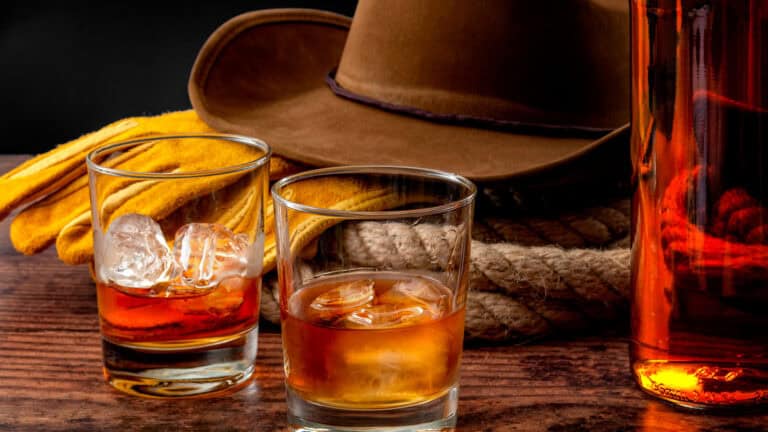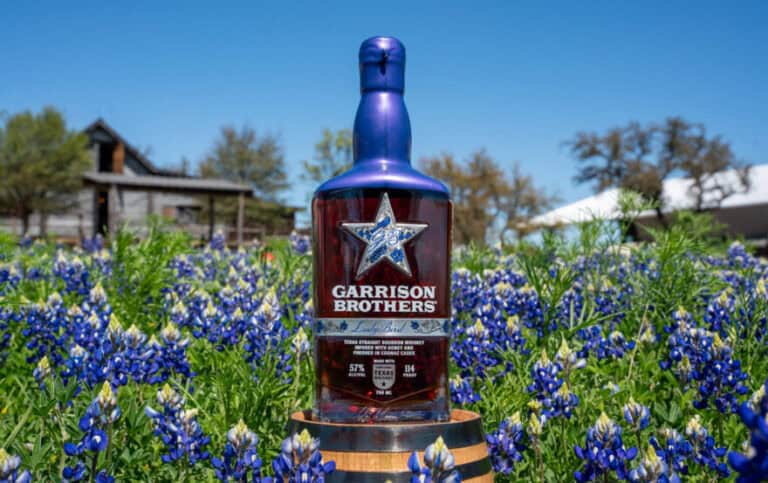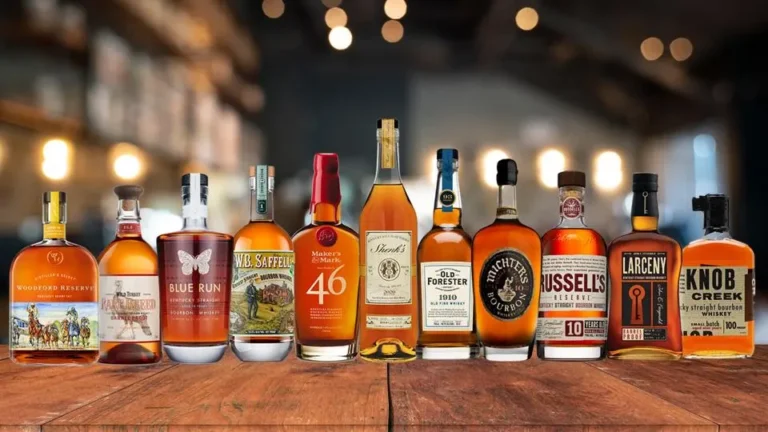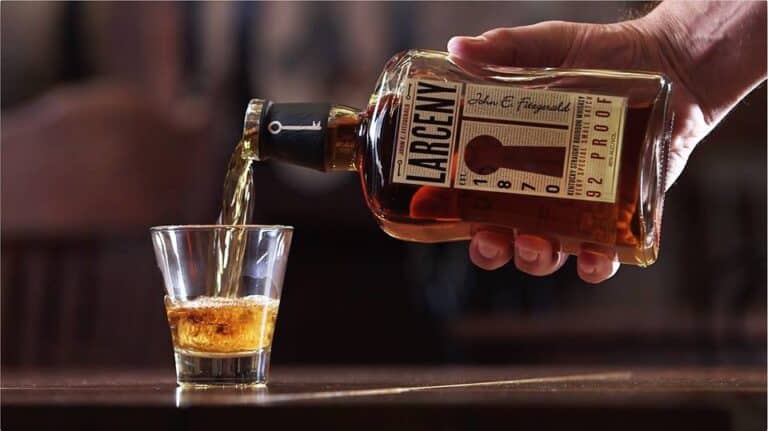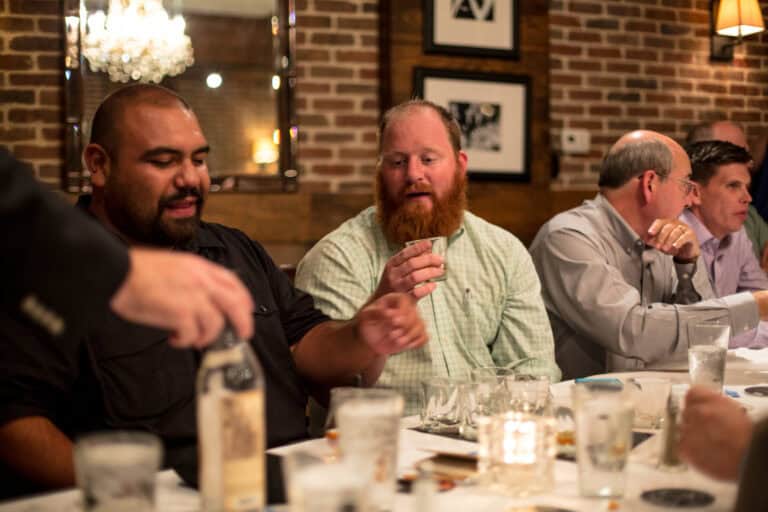Introduction to Kentucky Bourbon
Kentucky Bourbon has always fascinated me. It’s more than just a drink; it’s a piece of American history, a symbol of craftsmanship, and a testament to tradition. For those who share this passion or are just beginning their journey into the world of bourbon, this article will delve deep into the introduction to Kentucky bourbon and what makes it so special. We’ll explore its history, characteristics, and the meticulous process that goes into creating this iconic spirit.
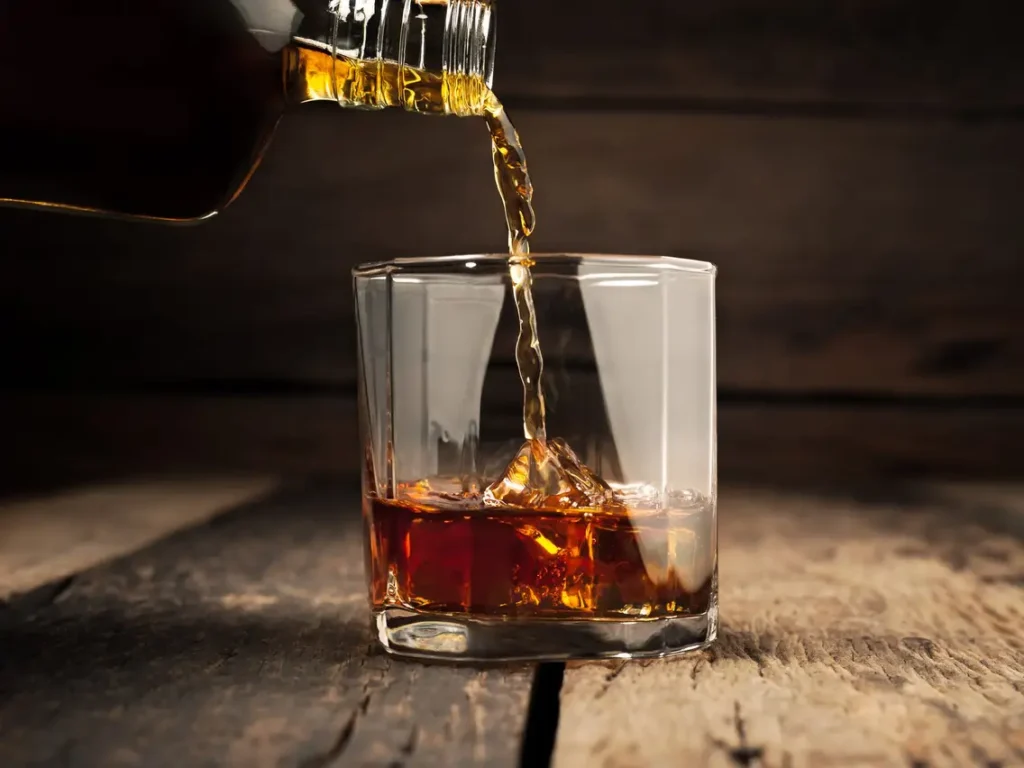
What is Kentucky Bourbon?
Bourbon is a type of American whiskey, and Kentucky Bourbon, in particular, stands out for its rich flavors and strict production guidelines. Legally, for a whiskey to be labeled as bourbon, it must be made in the United States, contain at least 51% corn in its grain mixture, and be aged in new charred oak barrels. Kentucky Bourbon follows these rules to the letter and adds a touch of magic through its unique aging conditions and water source, both of which are indigenous to Kentucky.
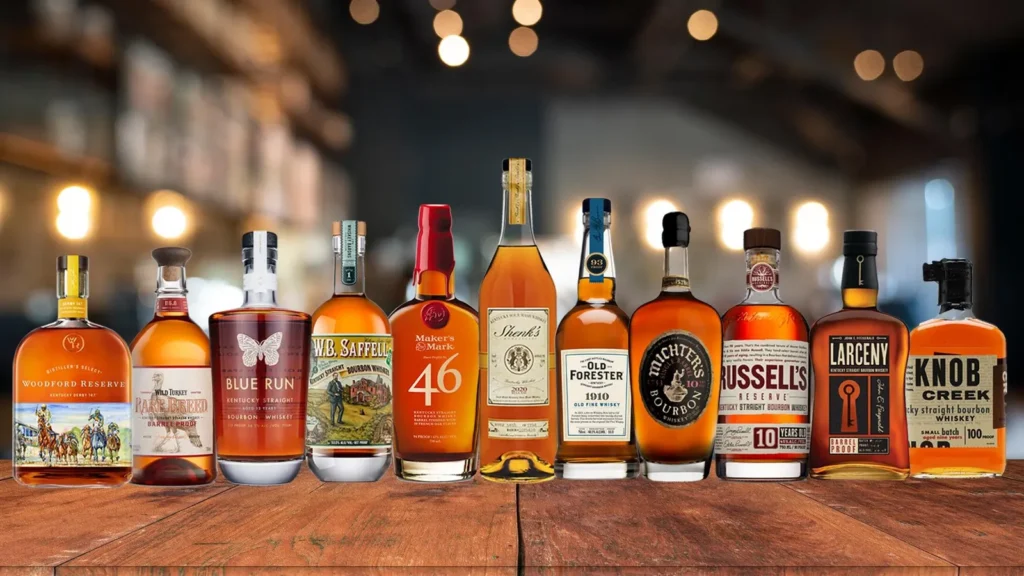
History of Kentucky Bourbon
Origins and Evolution
The story of Kentucky Bourbon begins in the late 18th century when settlers, primarily of Scots-Irish descent, brought their distillation knowledge to America. Kentucky, with its fertile soil, abundant corn crops, and limestone-filtered water, provided the perfect environment for whiskey production. The evolution of bourbon over the centuries has been marked by periods of innovation, regulation, and even prohibition, each contributing to the refined spirit we enjoy today.
Key Historical Figures
Several key figures have played pivotal roles in the history of Kentucky Bourbon. Elijah Craig, often credited as the “Father of Bourbon,” was a Baptist minister who allegedly discovered the process of aging whiskey in charred oak barrels, giving bourbon its distinct flavor.
Jacob Beam, whose family name became synonymous with bourbon, started selling his whiskey in 1795, and his descendants continued to build what is now the Jim Beam brand. Other notable figures include Colonel Edmund Haynes Taylor Jr., who advocated for higher production standards, and Dr. James C. Crow, who introduced scientific methods to improve consistency and quality.
Characteristics of Kentucky Bourbon

Ingredients
Kentucky Bourbon’s primary ingredient is corn, which must make up at least 51% of the grain mixture, with the rest typically comprising rye, barley, and sometimes wheat. The high corn content gives bourbon its signature sweetness. Each distillery has its own secret recipe, known as the mash bill, which contributes to the unique flavor profiles of their bourbons.
- Corn (at least 51% of the grain mixture)
- Rye
- Barley
- Sometimes wheat
- Secret mash bill (unique to each distillery)

Distillation Process
The distillation process of Kentucky Bourbon is both an art and a science. It begins with mashing, where the grains are ground and mixed with water, then cooked to convert starches into fermentable sugars. Yeast is added to the mash, initiating fermentation. The resulting “distiller’s beer” is then distilled twice – first in a column still and then in a pot still. This dual distillation is crucial for refining the alcohol and concentrating the flavors.
- Mashing: Grains are ground, mixed with water, and cooked.
- Yeast is added, initiating fermentation.
- Dual distillation: First in a column still, then in a pot still.
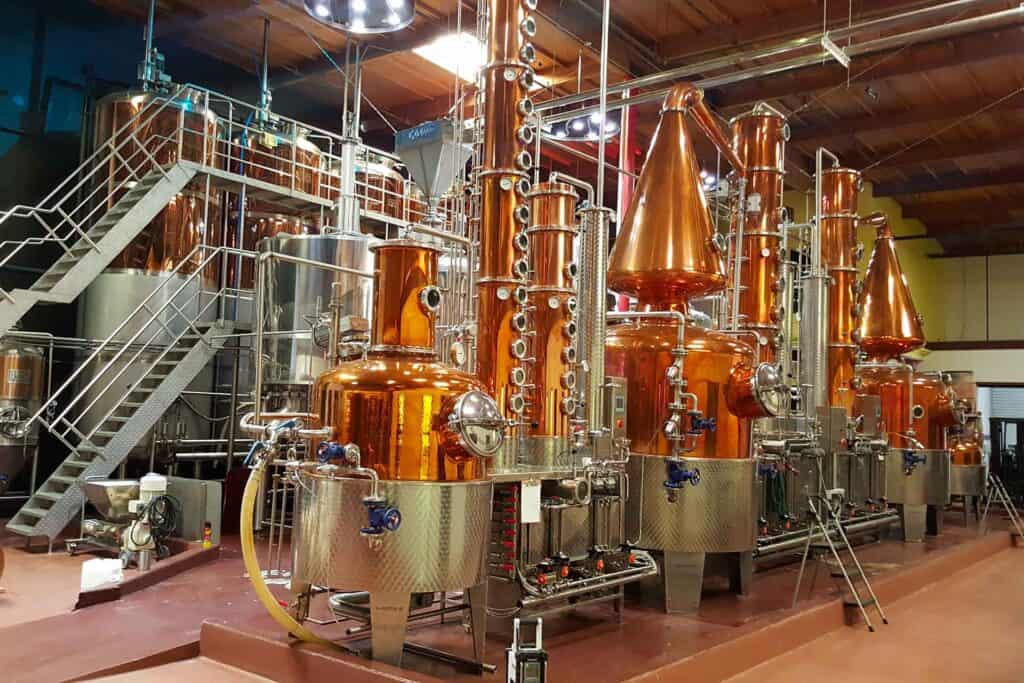
Aging and Bottling
One of the most critical aspects of Kentucky Bourbon is its aging process. The distilled spirit is transferred to new, charred oak barrels, where it must age for a minimum of two years to be called “straight” bourbon, though most premium bourbons age for much longer. Kentucky’s climate, with its hot summers and cold winters, plays a vital role in the aging process, as the temperature fluctuations cause the bourbon to expand and contract within the barrel, drawing out flavors from the charred wood.
- Aged in new, charred oak barrels.
- Minimum aging of 2 years for “straight” bourbon.
- Most premium bourbons age longer.
- Kentucky’s climate (hot summers, cold winters) enhances the aging process.

The Importance of Water
The Role of Limestone-Filtered Water
Kentucky’s natural limestone-filtered water is essential in bourbon production, acting as a natural filter to remove impurities and adding beneficial minerals like calcium that positively influence the fermentation process and contribute to bourbon’s smooth flavor.
How Water Affects Bourbon’s Flavor
The quality of water directly impacts bourbon’s flavor profile. Kentucky’s unique water composition helps create the distinctive, mellow character of Kentucky Bourbon, setting it apart from other spirits.
Modern Production Techniques
Balancing Tradition with Technology
Modern distilleries blend traditional bourbon-making techniques with advanced technologies. This balance ensures consistency and quality in large-scale production while maintaining the essence of bourbon.
Quality Control in Bourbon Production
Technological tools in modern distilleries monitor and control various aspects of production, such as fermentation and distillation, ensuring precision and consistency in producing high-quality bourbon.
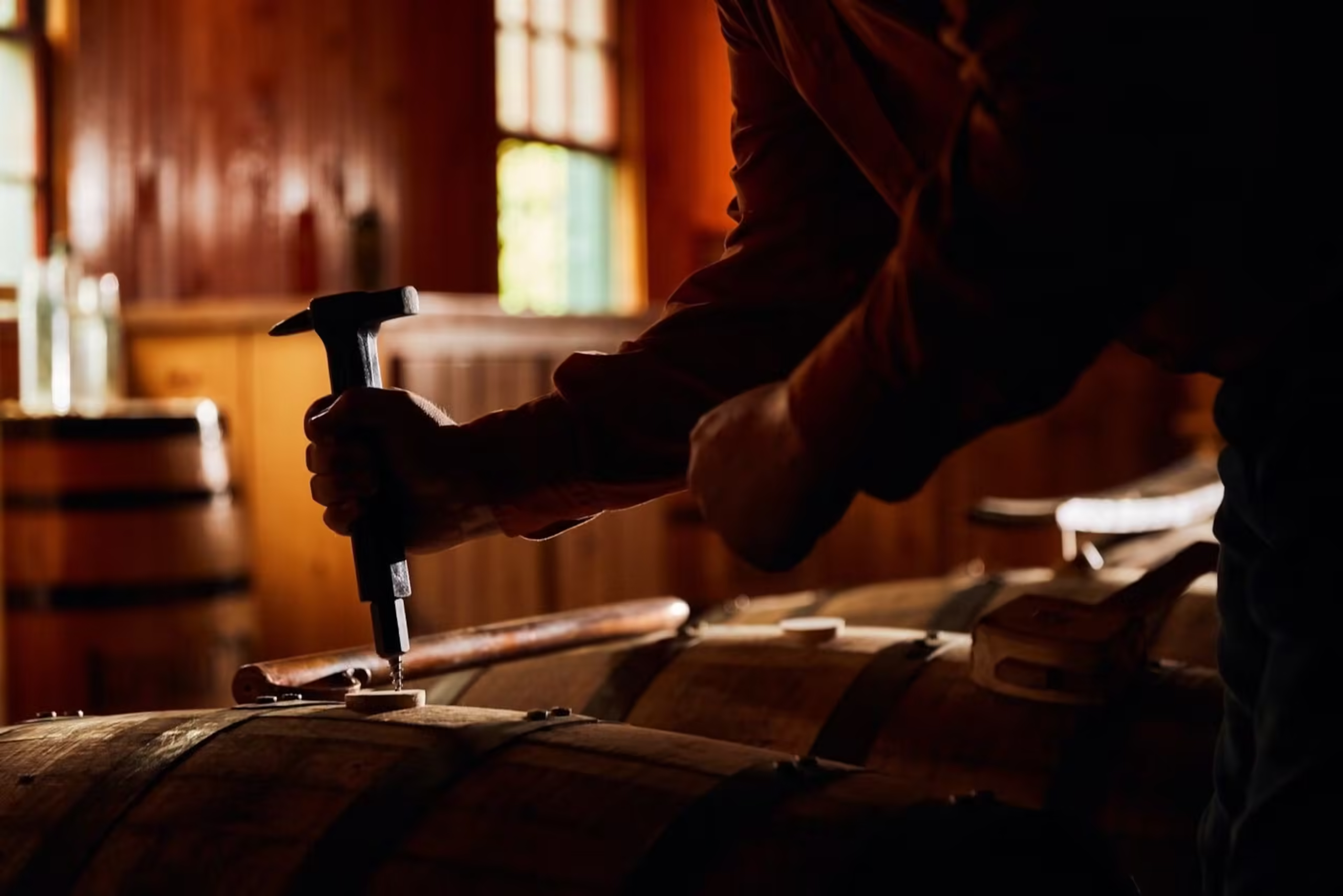
Tasting and Enjoying Kentucky Bourbon
Proper Tasting Techniques
Properly tasting bourbon involves steps like observing the color, swirling the glass, smelling the aromas, and tasting it to enjoy its full complexity. This technique allows you to fully appreciate bourbon’s flavors and aromas.
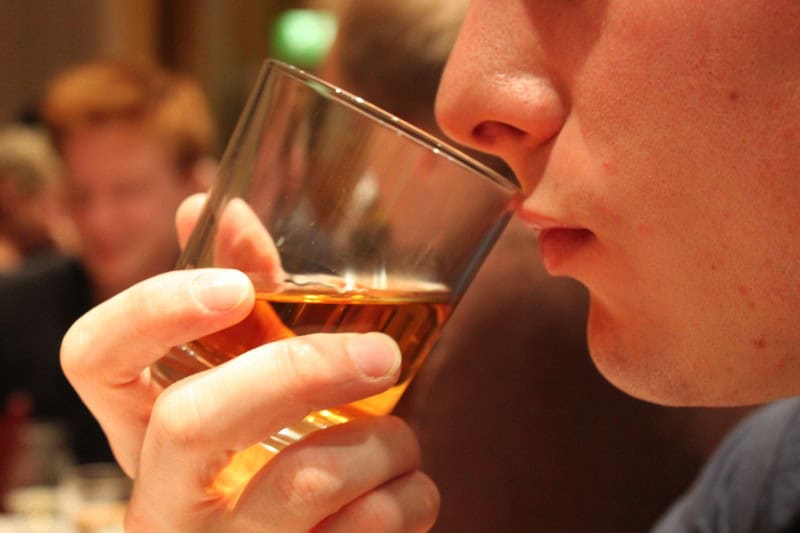
Popular Bourbon Cocktails (e.g., Old Fashioned, Mint Julep)
Classic bourbon cocktails, such as the Old Fashioned and Mint Julep, highlight bourbon’s versatility. These recipes and tips help you enjoy bourbon in a variety of ways.
Notable Kentucky Bourbon Brands
- Jim Beam Jim Beam is one of the most famous Kentucky Bourbon brands, known for its history, signature products, and its staple presence in the bourbon world.
- Maker’s Mark Maker’s Mark is known for its distinctive red wax seal and unique production methods, such as its wheated mash bill. Its history and flavor profile set it apart in the bourbon industry.
- Woodford Reserve Woodford Reserve, a premium Kentucky Bourbon brand, is known for its small-batch production and emphasis on quality, making it a favorite among bourbon connoisseurs.
- Buffalo Trace Buffalo Trace is a prominent bourbon distillery with a rich history and a diverse range of bourbons. It has had a significant influence on the bourbon industry through its notable products.
Bourbon and Food Pairings
Best Pairings with Bourbon
Foods such as steaks, barbecue, and other rich, savory dishes pair well with bourbon, with its bold flavors complementing and enhancing the dining experience.
Enhancing Flavors with Desserts and Snacks
Desserts like dark chocolate, caramel-based treats, and cheeses can accentuate bourbon’s sweetness and complexity, creating a harmonious pairing.
Collecting and Investing in Bourbon
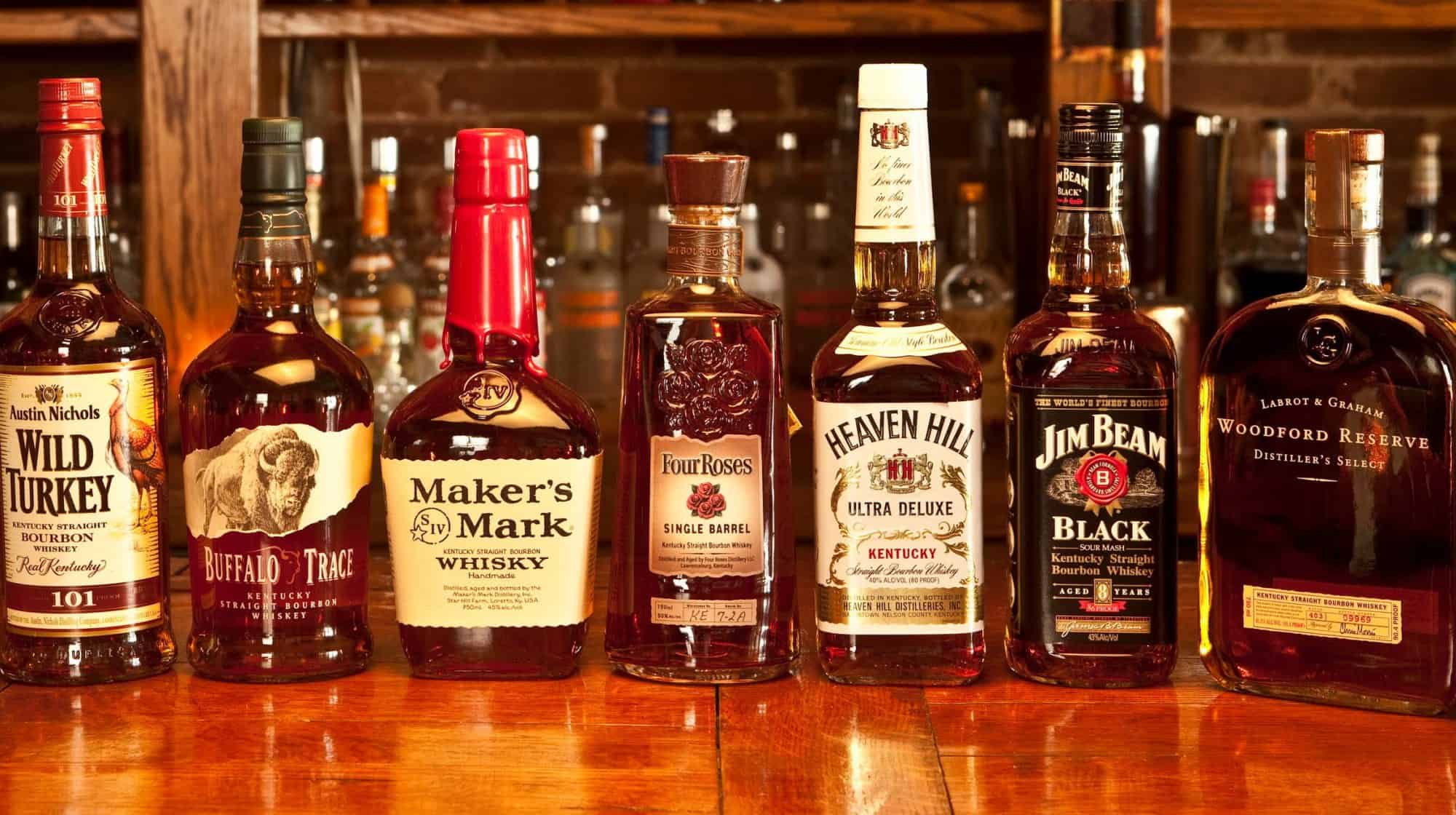
The Rise of Bourbon Collecting
Bourbon collecting is a growing trend, with limited-edition releases and rare bottles increasing in popularity. Collecting bourbon has become a popular hobby due to the increasing demand for rare finds.
Tips for Investing in Rare Bourbons
Investing in bourbon requires identifying valuable bottles and navigating the bourbon market. Knowing what to look for in limited-edition releases can lead to wise investments in rare bourbons.
Bourbon Festivals and Events
- The Kentucky Bourbon Festival The Kentucky Bourbon Festival is a well-known event that celebrates bourbon heritage, offering attendees a chance to experience tastings, activities, and more.
- Bourbon Classic in Louisville The Bourbon Classic in Louisville brings together bourbon enthusiasts and industry professionals, offering tastings, seminars, and networking opportunities for attendees.
- Bourbon & Beyond Festival The Bourbon & Beyond Festival combines bourbon tastings with live music and food, offering a unique blend of entertainment and bourbon culture.
The Future of Kentucky Bourbon
Innovations in Bourbon Production
Bourbon production is evolving with new innovations, such as experimental aging methods and non-traditional grains. These innovations are shaping the future of the bourbon industry.
Sustainability in the Bourbon Industry
Sustainability is becoming increasingly important in bourbon production. Distilleries are adopting environmentally friendly practices, such as reducing waste, conserving water, and sourcing sustainable ingredients, ensuring a greener future for bourbon.
FAQs
Conclusion
Kentucky Bourbon is a remarkable spirit with a rich history, unique characteristics, and a meticulous production process that has been perfected over centuries. From its origins and key historical figures to the ingredients, distillation, and aging, every aspect of Kentucky Bourbon is crafted with care and tradition. Whether you’re a seasoned bourbon enthusiast or new to the world of whiskey, there’s always something new to discover and appreciate about Kentucky Bourbon.
Disclosure: Our blog contains affiliate links to products. We may receive a commission for purchases made through these links. However, this does not impact our reviews and comparisons. We try our best to keep things fair and balanced, in order to help you make the best choice for you.


